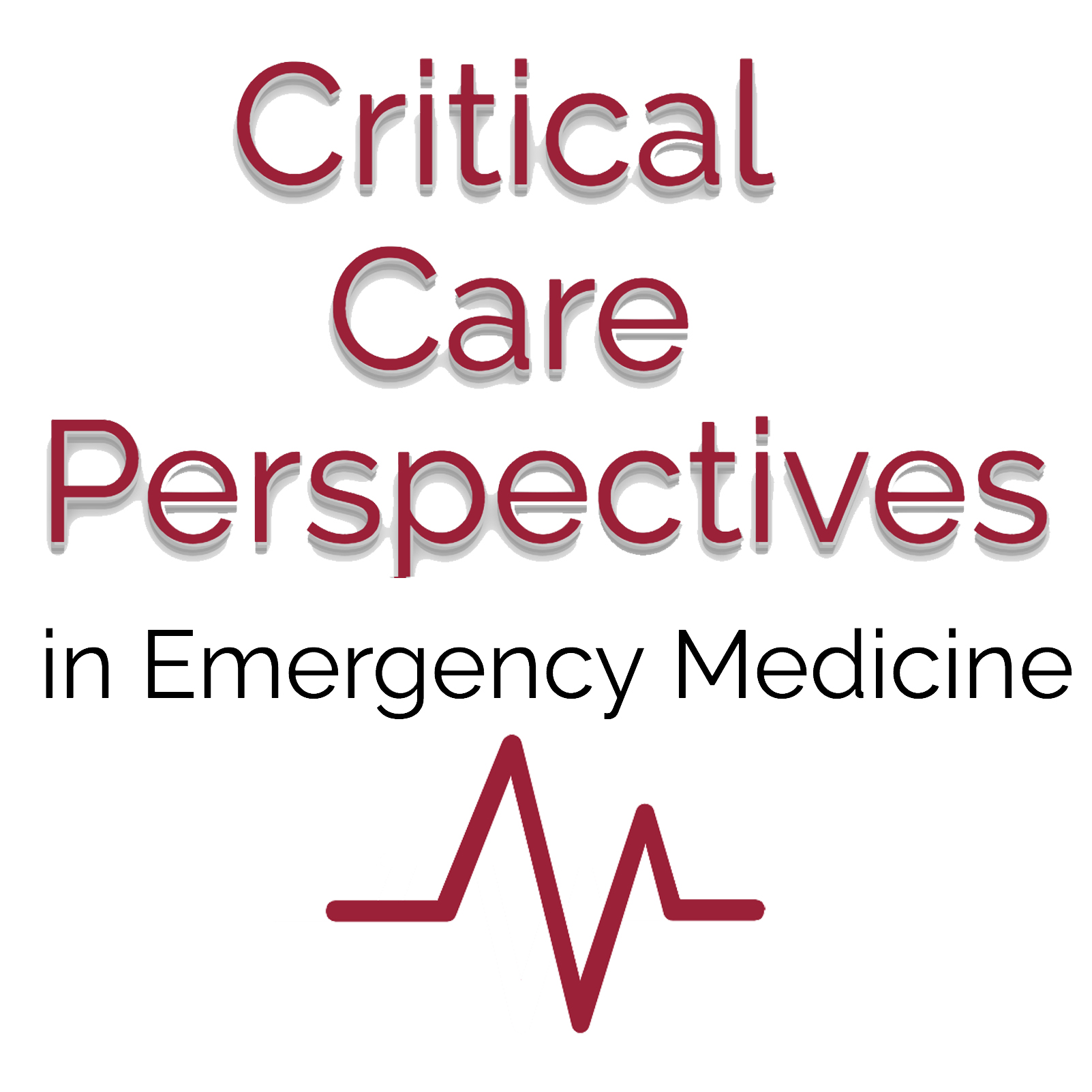Mechanically ventilating the patient with a severe asthma exacerbation is fraught with peril. Incorrect settings for tidal volume, respiratory rate, pressure triggers, or inspiratory flow can quickly worsen hyperinflation and case hemodynamic collapse. In this episode we tackle the pitfalls and provide the key pearls you NEED to know!
You can get CME credit for this episode hereClick here for CME Account Creation Instructions
The World’s population is aging. By 2030, 20 percent of the US population will be over the age of 65 years. Older patients have...

In this episode, we review the critical pearls and pitfalls in ventilating the post cardiac arrest patient. Are lung protective strategies useful? What is...

Neurocritical Care guru Dr. Evie Marcolini is back to review recent literature and practice changes in the management of patients with acute ischemic stroke. ...